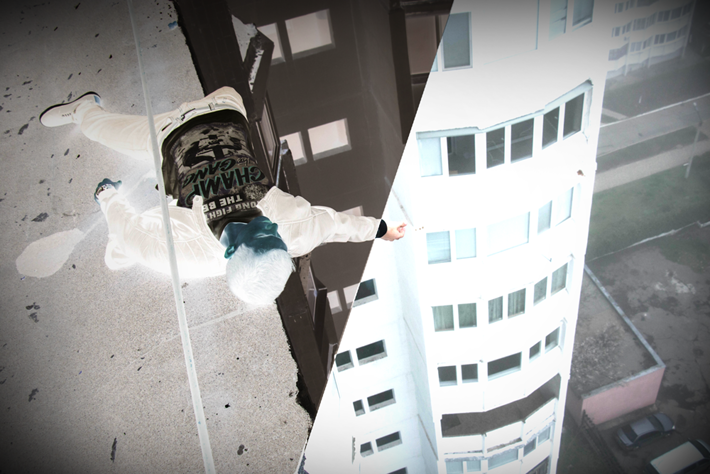Mescaline Abuse

While it can sometimes happen that an individual who is suffering from drug abuse is not only aware of the fact that they have a problem and they need help, but is actually active in seeking out this help, this is not often the case. In more cases, the individual needs help from others who recognize that they have a drug problem and they need professional help in fully and permanently resolving it. This is especially true in the case of mescaline abuse, where the individual himself often cannot tell the difference between drug-induced fantasy and reality.
What is Mescaline
Mescaline is in the hallucinogen family of drug substances, and as such it causes distorted perceptions and mood changes in the user. While mescaline can be synthetically produced, it is primarily obtained from Peyote–a small, spineless cactus that is found in areas of Texas and Mexico. To create the mescaline drug, the buttons on the crown are cut and dried, then chewed or soaked in water. The effects of mescaline use, which include visual hallucinations, last for about twelve hours.
Mescaline has long been used by Native American Indians as part of traditional, religious rites. These hallucinations are often viewed as pleasurable and illuminating, which may explain why mescaline has grown increasingly popular as a recreational drug. That said, mescaline abuse can produce highly undesirable effects.
Understanding Mescaline Abuse
Addiction is often defined as the compulsive and continued use of a drug substance despite the damaging effects it creates. It is often the individual’s desire to avoid experiencing unpleasant withdrawal symptoms that drive them to addiction. Mescaline, much like other psychedelic hallucinogens, is not considered to be physically addictive since it does not cause withdrawal symptoms to the user. However, it is not unusual for mescaline to be abused and for it to cause highly obvious, undesirable and lasting effects to the user. This is why most individuals who abuse mescaline prefer to only use the drug while in the company of other drug abusers.
Some of the many side effects of mescaline abuse include:
- Anxiety
- Revulsion
- Visualizations
- Euphoria
- Racing heart
- Dizziness
- Diarrhea
- Vomiting
- Nausea
- Headache

Mescaline can radically alter an individual’s perceptions and behavior–so much so, in fact, that the individual is unable to tell the difference between fantasy, hallucination, and reality. This is yet another reason why the drug is so incredibly dangerous, as a mescaline abuser’s actions are entirely unpredictable, both while under the influence of the drug and often even for some time afterward. The only fortunate aspect of this lies in the fact that it can become quite easy to detect mescaline abuse, and therefore render the help necessary to get the individual into appropriate drug rehabilitation treatment. Following are just some of the signs of mescaline abuse:
While high:
- Nausea
- Vomiting
- Shaking hands and feet
- Hallucinations
- Physical sense distortions
- Panic attacks
- Terror attacks
- Sweating
- Dizziness
- High blood pressure
- Elevated heart rate
- Lack of appetite
- Exaggerated emotions
- Sudden and dramatic mood swings
- False sense of power or safety
- Confusion
After coming down off the high:
- Restlessness
- Depression
- Poor memory
- Flashbacks
- Psychosis

The individual who abuses mescaline is never quite sure what kind of “trip” they will experience. Sometimes a trip can be wonderfully pleasurable, while other times a trip can be entirely terrifying. There is no way to determine what sort of trip the individual may have, and since a single trip can last for up to twelve hours, this can prevent them from effectively managing their emotions and actions around others. This is all the more reason for family members and friends to reach out to and help them.
If you know someone who is suffering from mescaline abuse, contact Narconon Arrowhead today.


